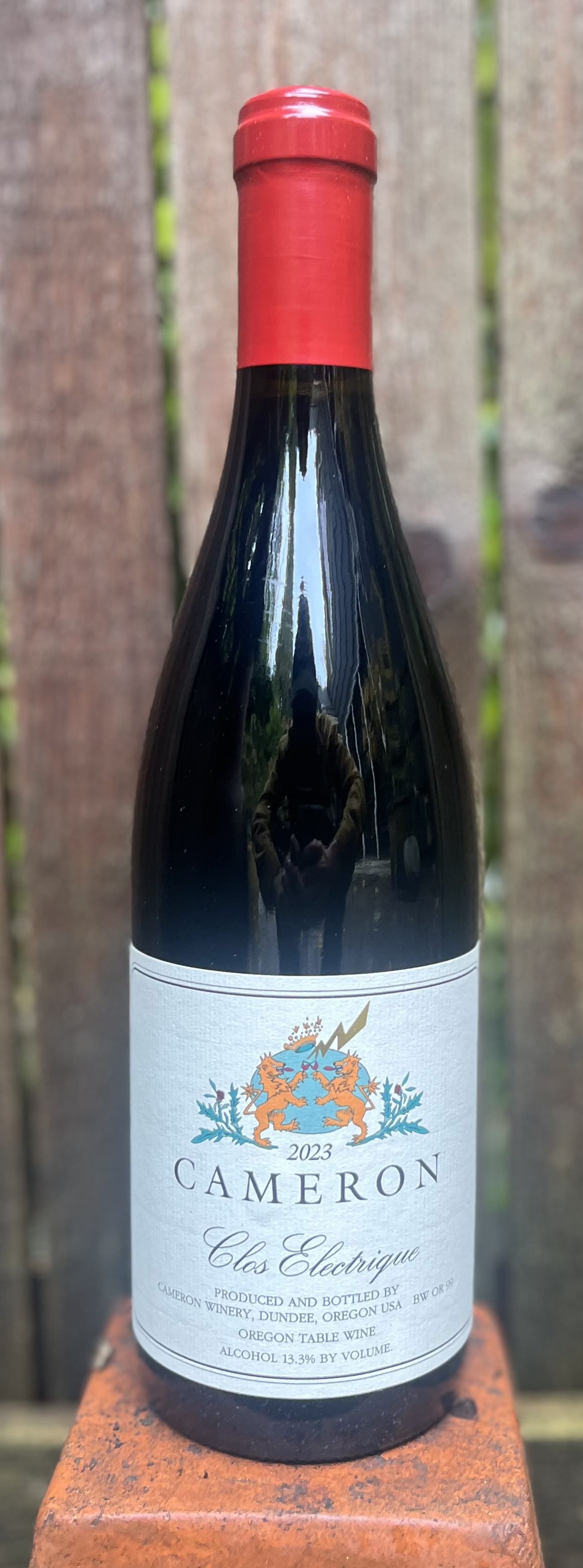FIELD GRAFTING AT CLOS ELECTRIQUE
From John, June 3rd, 2020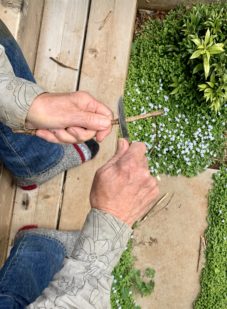
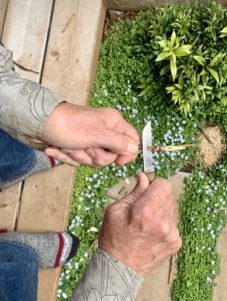
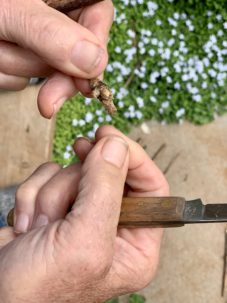
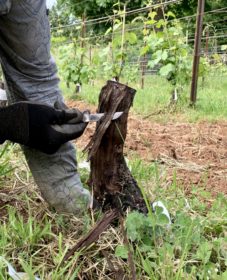
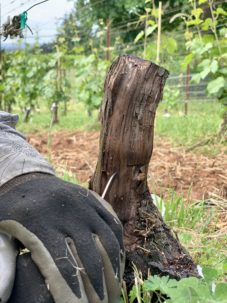
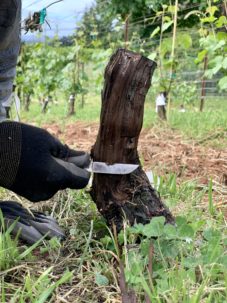
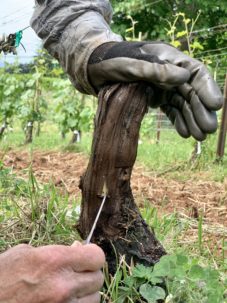
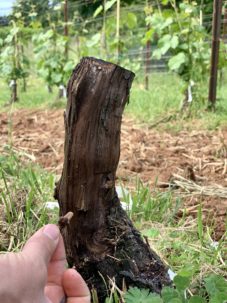
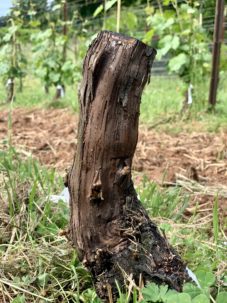
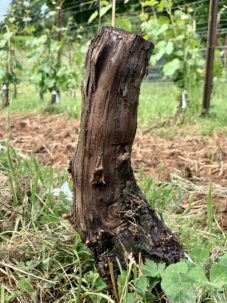
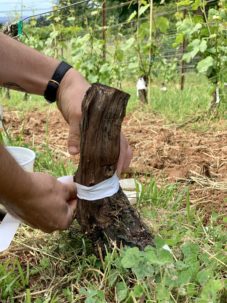
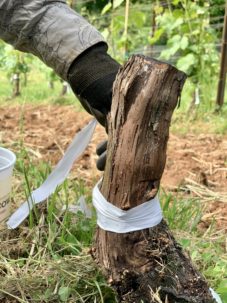
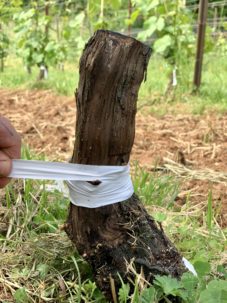
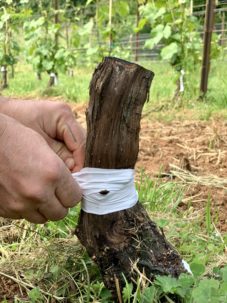
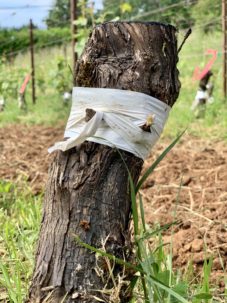
Nothing in life is set in granite; and sometimes it is necessary to change things in an attempt to improve the picture. Obviously on a national scale, that is exactly what the body of citizens is now engaged in. In our little humble vineyard, paling in comparison to the national discourse, I was unhappy with some of the choices that we made 20 years ago. So we set about to rectify the situation.
When we planted new blocks of Pinot noir and Chardonnay grapes at Clos Electrique in 1999-2000, Dijon clones were the latest rage and we bought into it. But once we started harvesting crop off of these blocks it was painfully evident that these “new clones” were significantly inferior to the old Burgundy clones that we had planted previously.
So in 2010 we hired an incredible crew from St. Helena to graft scion wood from our stellar old White Burgundy clones onto the 10 year old Dijon Chardonnay vines. By 2012 we had 12 year-old vines contributing beautiful fruit to our Clos Electrique Blanc blend. As I ruminated over the remaining Dijon Pinot noir clones the next few years, a plan was hatched in 2018 to do it ourselves.
Armed with a You Tube video and 2 grafting knives plus advice from an old hand at grafting, Alan Foster (White Oak Vineyard), we embarked on the project of learning graft via a process called t-budding. The commitment to t-bud is rather significant since one of the first things you do is cut off the head of the old vine! This must be done late enough in the spring that the bark is “slipping”. Slipping occurs when the bark separates from the cambial layer (the very important layer of dividing cells) and this is necessary in order to slip a new bud in between the bark and the xylem (the water conducting tissue). At this perfect time, the decapitated vines are ready to accept tiny buds that we chip off of dormant canes (saved from winter prunings from our old Burgundy clones and stored in a refrigerator).
A small T is cut into the trunk of the vine, the bark peeled back and a chip with a bud on it is inserted into the wound. The entire operation is then tightly wrapped with plastic tape to keep the bud in place and protect it from drying out. And then you wait…and wait…and wait. And if you are lucky (and we are very lucky) in around 2-3 weeks those tiny buds start to swell and soon turn into tiny enthusiastic shoots reaching for the sky. At the end of the summer, those shoots become the basis for an entire new vineyard of kick-ass old red Burgundy clones that are ready to harvest in 2 years.
Share ThisRecent News & Rants
The 2025 Vintage
Fermentations are now mostly complete and the cellar is angling down to its winter
temperature, so now is the time to button up my cardigan and reflect on the vintage just completed.
The Broken Immigration System
Now that the harvest season is largely over in Oregon, ICE has started to raid the farming communities in the Willamette Valley, arresting literally tens to hundreds at a time. Without immigrant workers helping us, we have no chance of bringing in a harvest next year. So the question becomes “what can we do?”
There’s More... >Harvesting in the Midst of ICE Storms
In the midst of the ICE storm in Portland, we are fermenting our fruit from an exceptional vintage, hoping that what we will best remember from 2025
will not be the carnage wreaked upon our immigrant workers but rather 2025 as a truly magnificent vintage!
